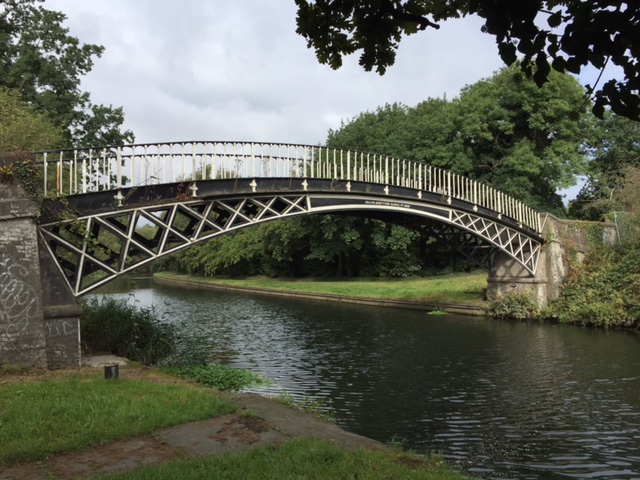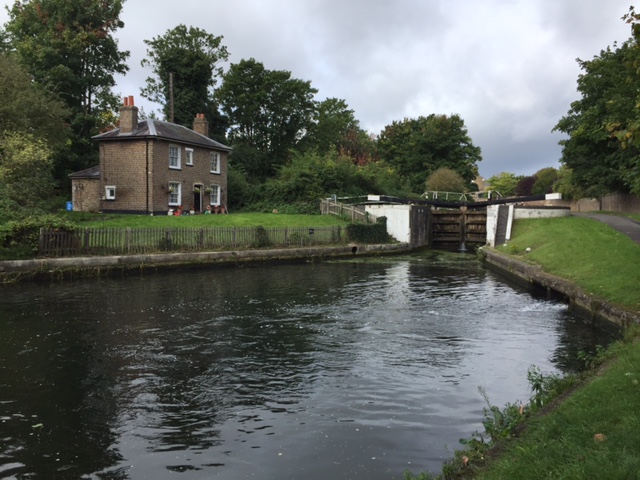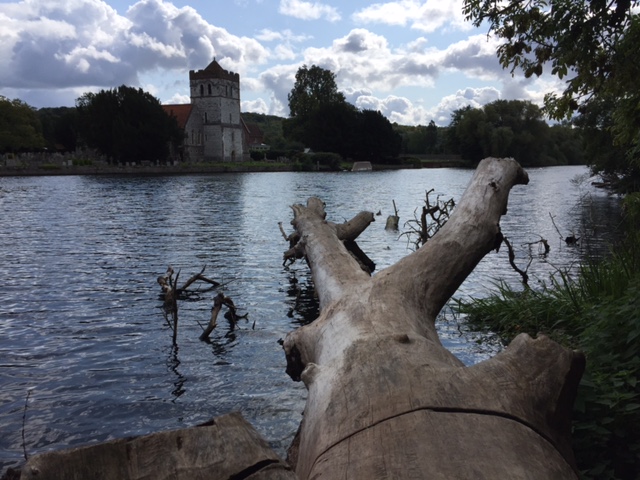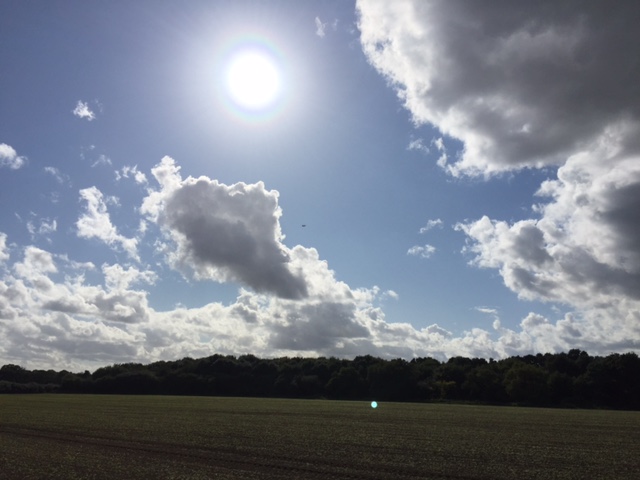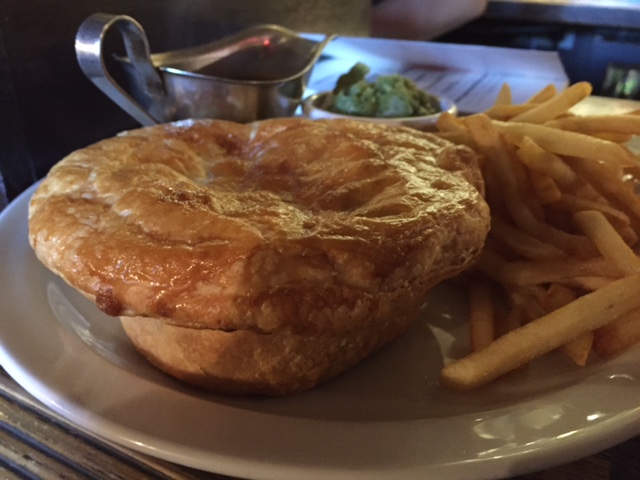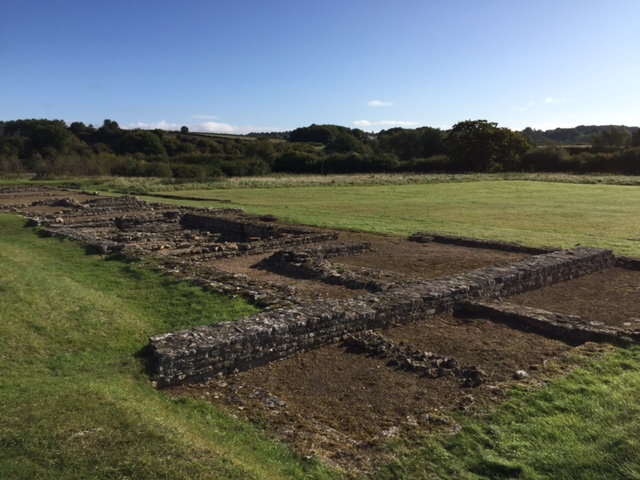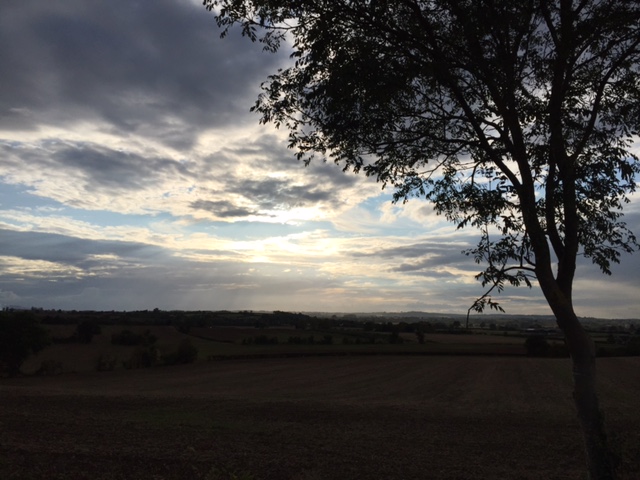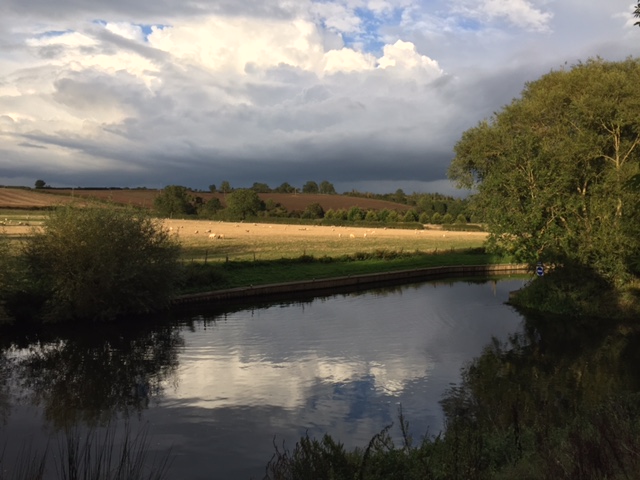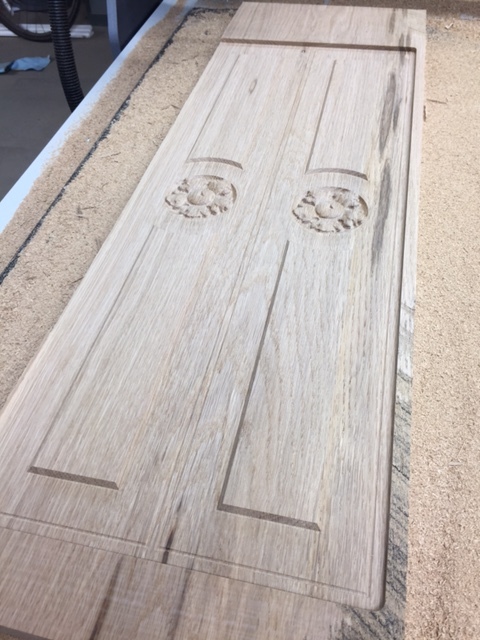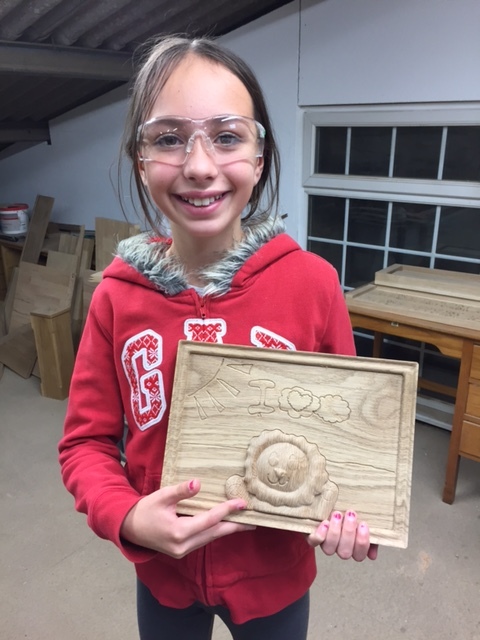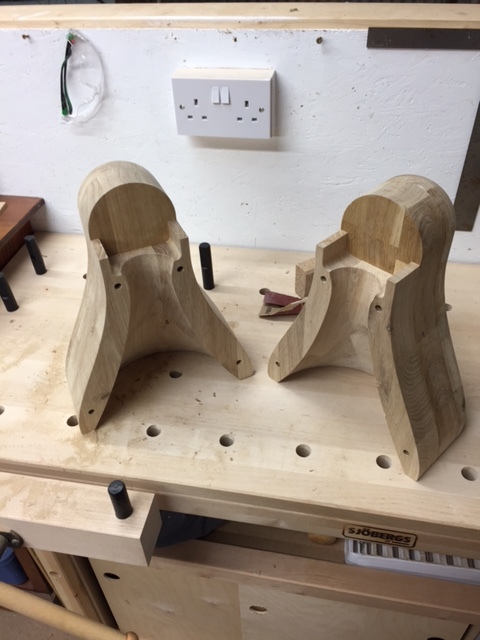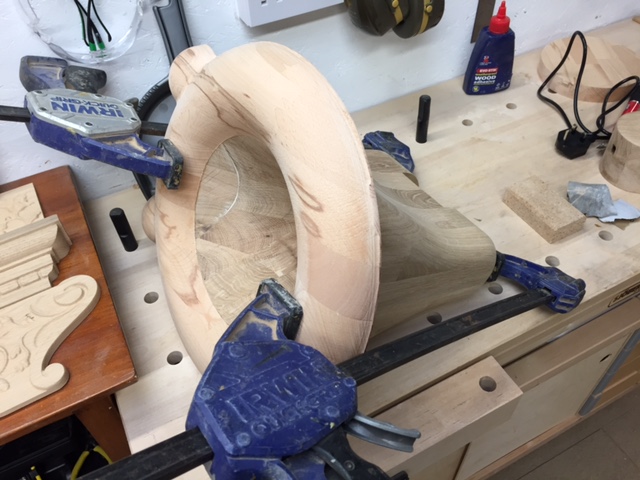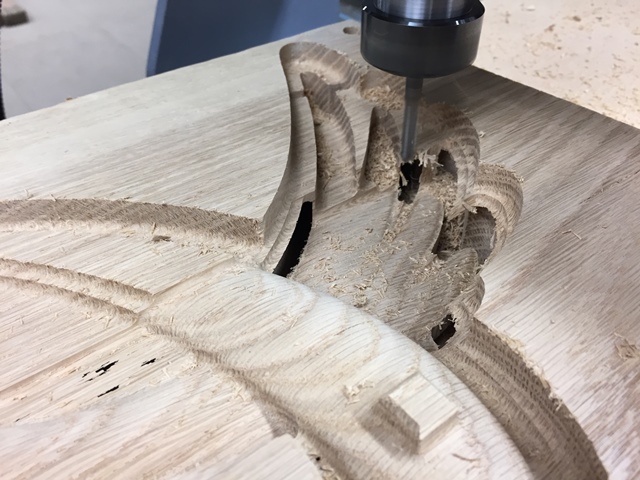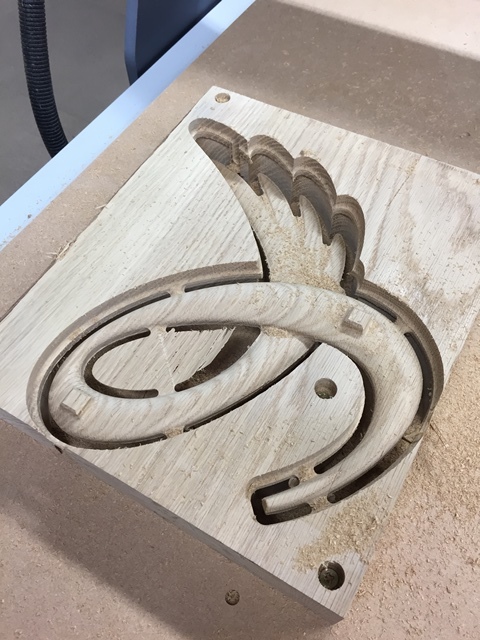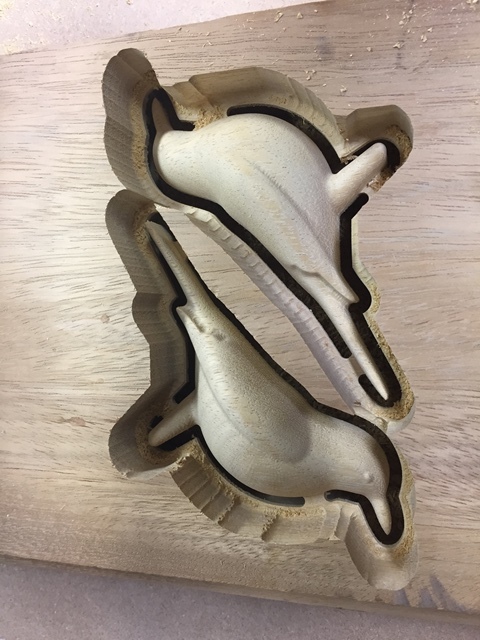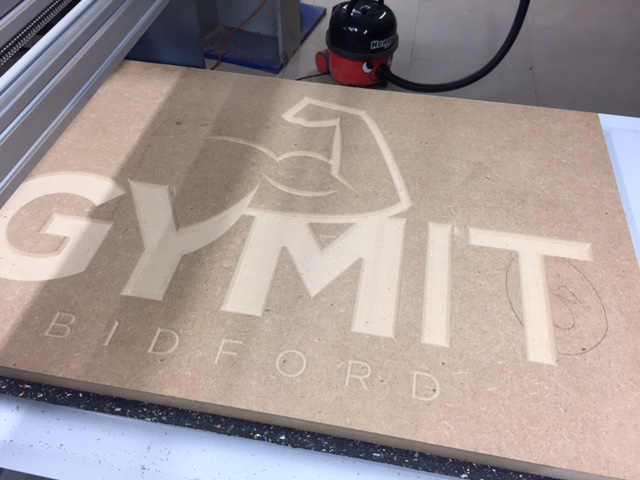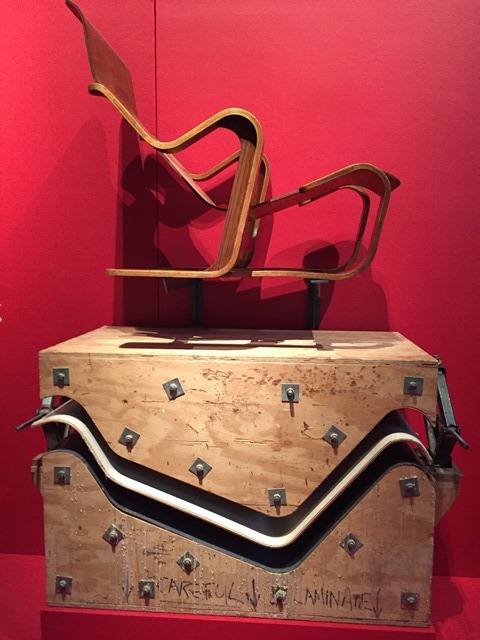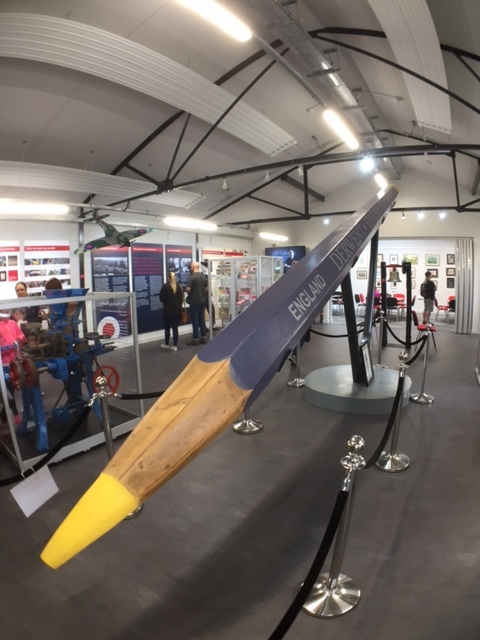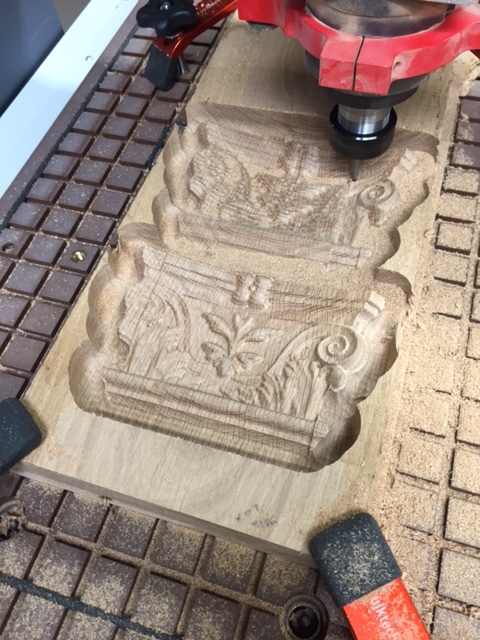I'm not sure where the idea to walk from central London to where I live in Bidford-on-Avon (Warwickshire) came from but its been gestating in my brain for a few years now. I figured at a minimum it would provide an interesting perspective on where I live and how it would have been to travel any distance for most people before motorised transport was invented. It also provided a good opportunity to think hard about my year avoiding work and what I'd learned during it.
My start point was the Charles I Statue near Trafalgar Square, this is the point where all distances from London are measured. I had originally planned to follow a path called Shakespeare's Way which goes from the middle of London to Stratford upon Avon although I ended up deviating quite a bit using the always excellent Ordnance Survey maps to help me find my route. I carried all my gear in a rucksack but decided not to camp as the chance of a week of good weather in the UK in September is not good - this was a good choice.
The walk itself was mostly enjoyable although there were some days I was having to think hard about other things to avoid dwelling on the many small aches, pains and the fact my feet were not holding up well in regard to blisters. After the first 3 days I realised my feet would not manage to maintain nearly 25 miles per day so re-booked the rest of my stops to accommodate something closer to 20 miles per day. Come the final Saturday and one last, long 26 mile day I was very happy to be home.
Other than my feet and in particular my little toes, (still recovering as I write this over a week after finishing) there were lots of positives such as the weather being quite cooperative. While it did rain a few times during the walk most heavy downpours did not occur until the evenings after I'd got to my destination. The real plus to the whole experience was time to think, observe, listen and reflect. Here are some of the observations I noted down during the week, mostly obvious but often forgotten in the mania of day-to-day life:
- The human body can take a lot of punishment but recovers an amazing amount overnight.
- The UK is very green.
- There is lots of joy to find in things we often ignore if you take the time to observe and consider them - walking gives you the time and space to do this.
- In Our Time is in my opinion the worlds best podcast and brilliant to walk-to but is hard to concentrate on if your map-reading.
- The sky is dramatic and beautiful we should look up more often.
- Taking many small steps in roughly the same direction will slowly but surely allow you to achieve a much larger goal but sometimes you just have to get your head-down and trust the route you've planned is right without worrying about the end point.
- Absence really does make the heart grow fonder.
- The George and Dragon in Long Hanborough has amazing pies on a Thursday night.
- Its easy to normalise and ignore both good and bad occurrences, either to avoid the bad or because we get used to the good - I should beware of this and aim to acknowledge and appreciate both.
The last thing to address is would I do this again or recommend others to do similar? The answer is definitely on both counts. Particularly if you would like to find time to reflect on life and the path your taking through it. For me though, next time I'll probably do a bit more prep work to condition my feet better and not just assume because I run a bit that I'll be OK...






